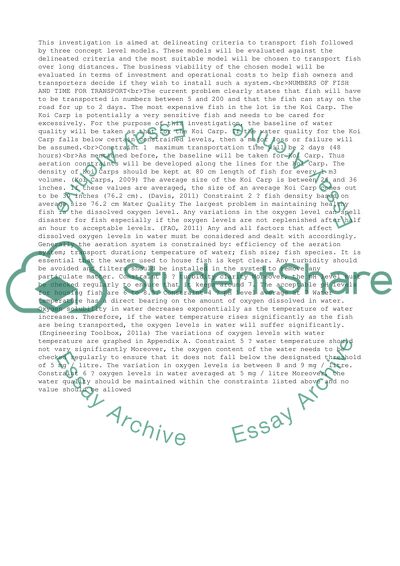Cite this document
(“FISH TRANSPORT DESIGN Assignment Example | Topics and Well Written Essays - 2500 words”, n.d.)
Retrieved de https://studentshare.org/management/1390741-fish-transport-design
Retrieved de https://studentshare.org/management/1390741-fish-transport-design
(FISH TRANSPORT DESIGN Assignment Example | Topics and Well Written Essays - 2500 Words)
https://studentshare.org/management/1390741-fish-transport-design.
https://studentshare.org/management/1390741-fish-transport-design.
“FISH TRANSPORT DESIGN Assignment Example | Topics and Well Written Essays - 2500 Words”, n.d. https://studentshare.org/management/1390741-fish-transport-design.


